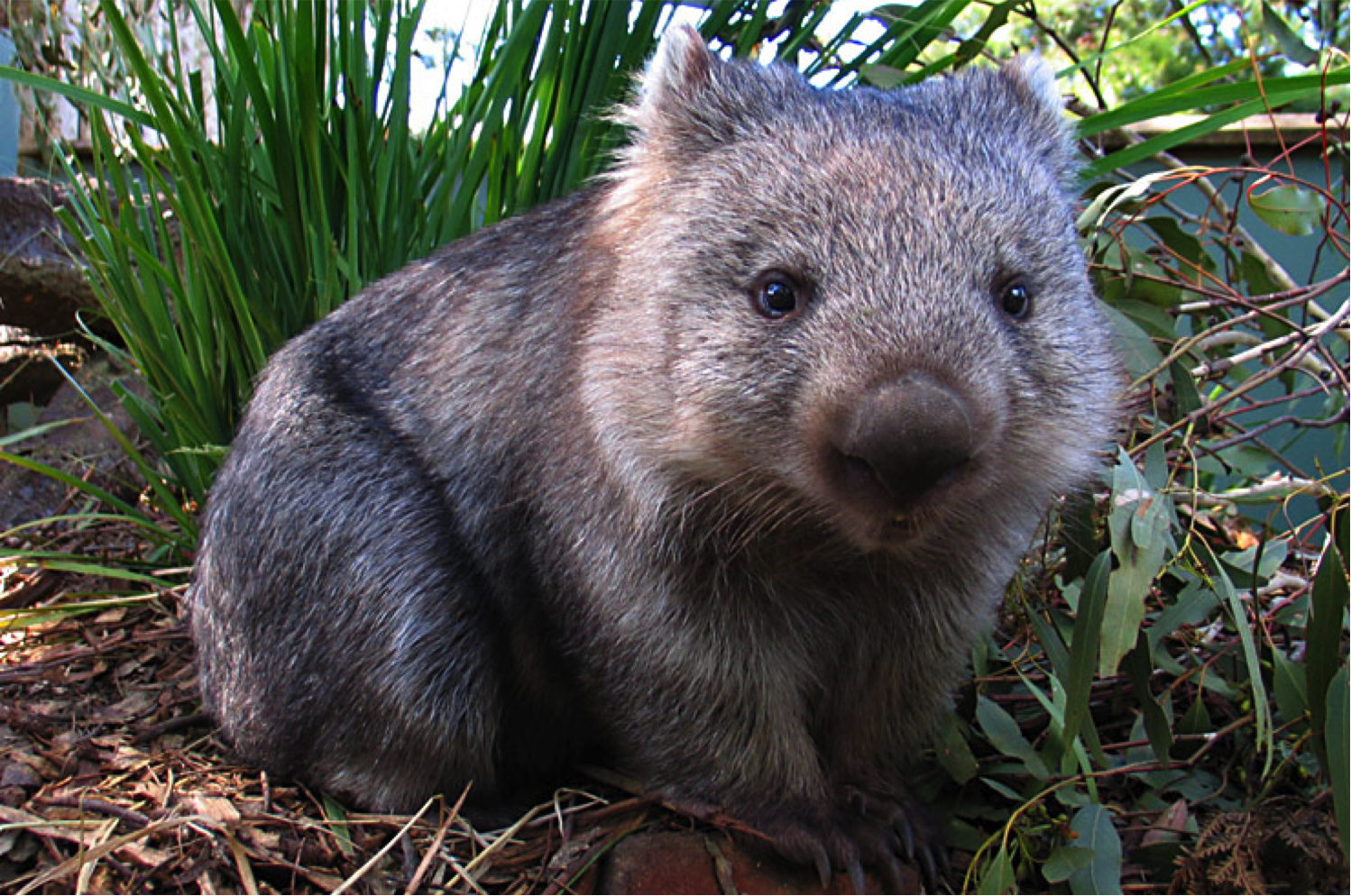Wombats, Australia’s iconic burrowing marsupials, are among the most unique and intriguing creatures of the animal kingdom. With their stout bodies, adorable faces, and peculiar cube-shaped droppings, wombats have captivated wildlife enthusiasts for centuries. Found primarily in the temperate forests and grasslands of Australia, these nocturnal herbivores are not only a key part of the ecosystem but also a source of endless curiosity for researchers and nature lovers alike.
Despite their cuddly appearance, wombats are incredibly resilient animals, perfectly adapted to their natural habitat. Their powerful claws and rodent-like teeth make them expert diggers, enabling them to build elaborate burrow systems that serve as a refuge from predators and harsh weather conditions. These burrows are not just homes but also vital for the survival of other species, showcasing wombats' ecological significance. Yet, wombats face numerous challenges, including habitat destruction, climate change, and disease, which threaten their populations.
In this article, we’ll delve deeply into the world of wombats, exploring their biology, behavior, habitat, and the challenges they face today. Whether you’re a wildlife enthusiast or a curious reader, this comprehensive guide aims to provide you with an in-depth understanding of these fascinating marsupials. From their evolutionary history to their role in Australian culture, every aspect of wombats will be covered in detail.
Table of Contents
- Biological Overview of Wombats
- Species and Classification
- Physical Characteristics
- Habitat and Distribution
- Diet and Digestion
- Behavior and Social Structure
- Reproduction and Life Cycle
- Burrows and Ecological Role
- Threats and Conservation Status
- Wombats in Culture and Literature
- Unique Facts About Wombats
- Research and Scientific Studies
- Frequently Asked Questions
- Conclusion
Biological Overview of Wombats
Wombats belong to the family Vombatidae, a group of marsupials native to Australia. This family comprises three distinct species: the common wombat (Vombatus ursinus), the southern hairy-nosed wombat (Lasiorhinus latifrons), and the critically endangered northern hairy-nosed wombat (Lasiorhinus krefftii). All three species share key characteristics, such as their burrowing habits and herbivorous diet, but they also exhibit unique traits that differentiate them from one another.
Wombats are medium-sized marsupials, with adult individuals weighing between 20 and 35 kilograms (44 to 77 pounds) and measuring around 1 meter (3.3 feet) in length. Their robust bodies, short legs, and rounded ears make them easily recognizable. Unlike kangaroos and koalas, their marsupial relatives, wombats have backward-facing pouches, which prevent dirt from entering while they dig.
These fascinating animals are nocturnal, spending most of their days resting in burrows and emerging at night to forage for food. Their diet consists primarily of grasses, roots, and bark, which they process efficiently using their specialized digestive systems. Wombats are known for their slow metabolism, which allows them to survive in nutrient-poor environments.
Table: Quick Facts About Wombats
| Attribute | Details |
|---|---|
| Scientific Name | Family Vombatidae |
| Species | Common wombat, Southern hairy-nosed wombat, Northern hairy-nosed wombat |
| Size | 1 meter in length; 20–35 kg weight |
| Diet | Herbivorous (grasses, roots, bark) |
| Habitat | Temperate forests, grasslands, and arid regions of Australia |
| Conservation Status | Varies by species; Northern hairy-nosed wombat is critically endangered |
You Might Also Like
Holly Hunter: A Trailblazing Actress With Unparalleled TalentThe Tortured Poets Department Lyrics: A Detailed Analysis Of Poetic Depth
Ultimate Guide To Eevee Evolutions: Types, Stats, And Evolution Methods
The Magic Of Storyland: A World Of Endless Imagination
Monomono: A Complete Guide To Its Significance And Applications
Article Recommendations
- Efficient Tools For Organizing Your Schedule Excel Calendar Guide
- Inspiring Insights Into The Life And Achievements Of Alecia Jeys
- Google Ntralste A Comprehensive Guide To Its Features And Importance
